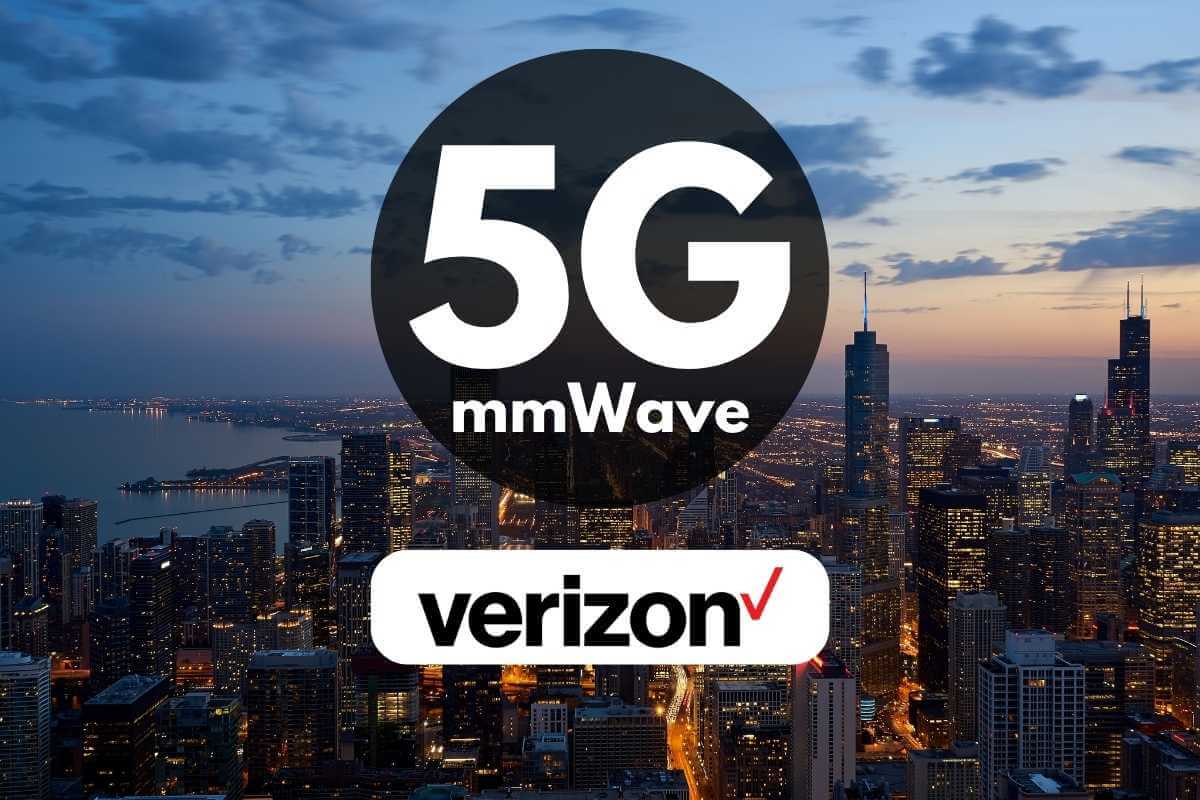
US telecommunications company Verizon has unveiled a point-to-multipoint solution to expand high-speed internet access across various locations. According to the official release, the successful proof of concept, conducted in Texas, showcased the company's approach, leveraging its extensive mmWave spectrum holdings and fibre infrastructure.
Also Read: Verizon Achieves Successful Data Transfer Over Multiple Network Slices in Commercial 5G Environment
New Solution Targets Multi Dwelling Units (MDUs)
Verizon stated that its point-to-multipoint architecture is designed to cater to multi-dwelling units (MDUs) such as apartment buildings and townhomes, as well as distributed enterprise campuses and high rises. Intending to serve multiple end-user connections from a single origination location, Verizon said this solution promises reliable, secure, and efficient connectivity.
Seamless Implementation via Airlink and Indoor Cabling
During the proof of concept, Verizon established an Airlink over its licensed mmWave spectrum between a centralized rooftop radio site and a simulated multi-endpoint building. The signal was then seamlessly transmitted via coaxial cable throughout the building to a data processing unit, accompanied by a corresponding modem. Utilizing the building's existing wiring, the signal was further transported to end-user routers, providing broadband coverage throughout the simulated distributed endpoints.
Also Read: Verizon Business Launches Global IoT eSIM Platform With International Partners
Simplified Broadband Network Gateway
According to Verizon, this unique architecture uses a simplified Broadband Network Gateway. This mechanism directs the traffic to and from the internet over Verizon's public IP network without the need to transmit data through Verizon's 4G and 5G wireless cores. This approach ensures capacity and latency while avoiding any additional load on Verizon's existing wireless cores.
Cost-Effective Expansion and Enhanced Connectivity
"Leveraging our significant fibre footprint in over 70 major markets nationwide and large amounts of ready-to-use mmWave spectrum, this new architecture means we will be able to provide point-to-multipoint architecture in a cost-effective and efficient way," Verizon stated.
Verizon stated that using Airlink and established indoor cabling can be more appealing options for delivering reliable services than dealing with the difficulties and interruptions that come with managing individual fibre connections.
Also Read: Verizon Expands 5G Ultra Wideband Coverage to Michigan and North Dakota
Future Applications and Ongoing Development
Verizon envisions a wide array of applications for this technology, particularly in distributed enterprise campuses, commerce areas, and home broadband for multi-dwelling units.
According to the official release, the telco is currently completing RFPs for specialized radio access equipment for the licensed 37-39 GHz spectrum, and it anticipates continuous development and refinement of this innovative point-to-multipoint solution throughout the year.
Verizon's commitment to exploring technologies, combined with its substantial fibre footprint and mmWave spectrum holdings, positions the company as a driving force in expanding high-speed connectivity to a diverse range of locations across the nation.















